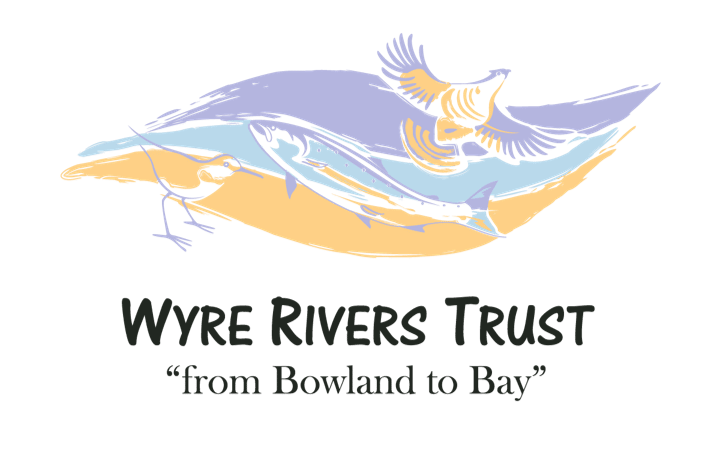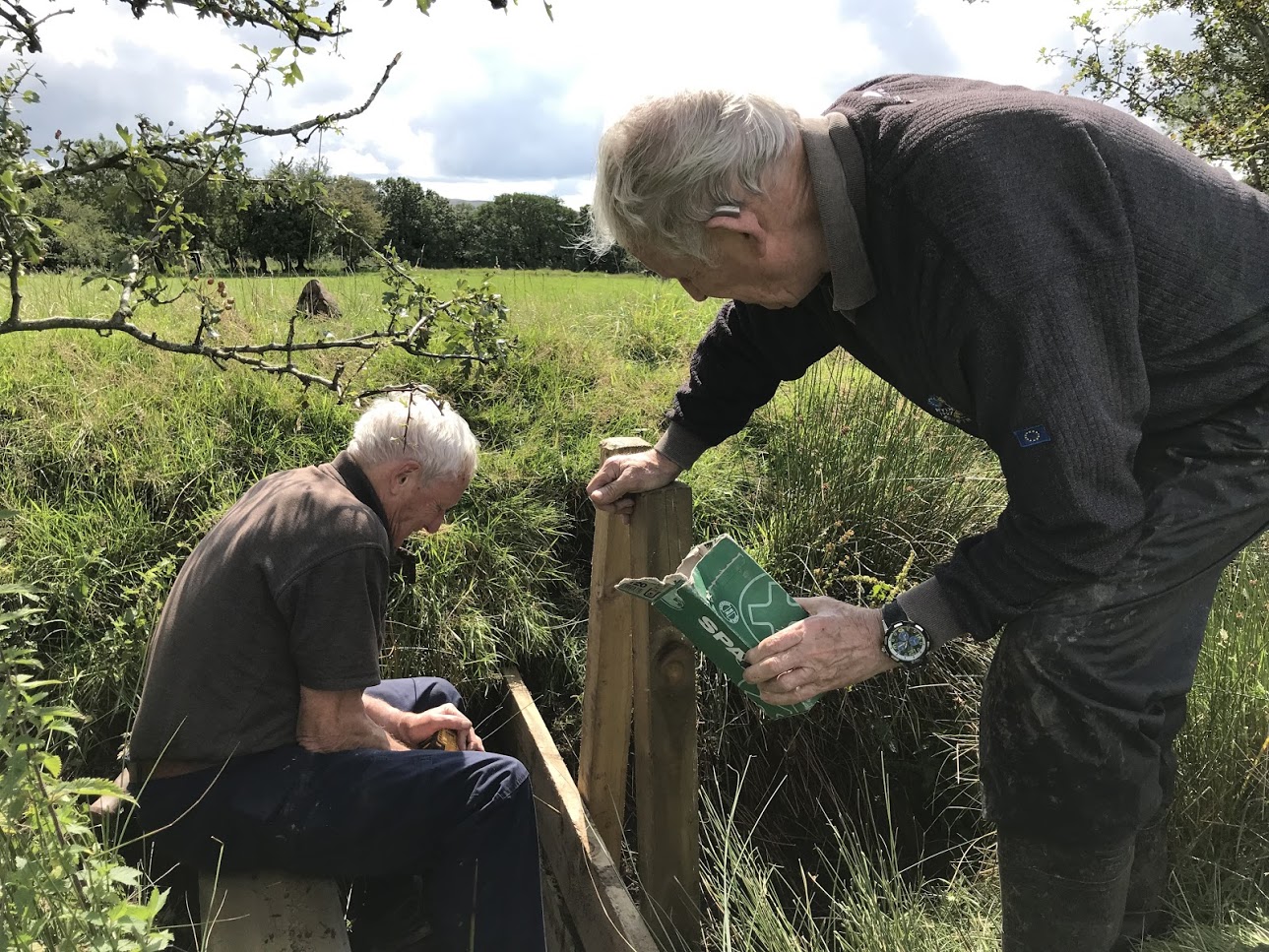- Groundwork
- Market Engagement
- Groundwork
- Market Engagement
Summary of the Wyre Catchment Natural Flood Management Project
The Wyre Catchment Natural Flood Management Project (Wyre NFM project) is the first example in the UK of farmers being paid to deliver natural flood management (NFM) as part of a commercial agreement. The project plans to deliver more than 1,000 targeted measures to store, slow and intercept flood water and prevent peak flow in a catchment in England. These interventions, such as leaky dams, hedgerows, ponds and scrapes, will be hosted by farmers for an annual hosting and maintenance fee over the next nine years, with an option to extend the project to up to 50 years. As of November 2023, the project has started to install these interventions on the lands of the farmers who initially signed up, and further farmers are being onboarded.
Farm Profile:
- Location: Lancashire
- Size of Farms: 5-1000 hectares
- Size of Land: 99 km2
- Tenancy & Ownership: Owner occupiers, tenant farmers
- Nature Market Focus: Natural Flood Management
- Interventions include: Leaky dams, woodland creation, ponds and scrapes, bunded hedgerows
- Project Partners: The Rivers Trust, The Wyre Rivers Trust, United Utilities, Environment Agency, Flood Re, Co-Op insurance, Triodos Bank, Esmée Fairbairn Foundation.
Acknowledgement
With many thanks his time and insight on this case study:
Thomas Myerscough, General Manager, Wyre Rivers Trust
Date Published: 17 November 2023
Key Takeaways
- The Wyre Catchment Natural Flood Management project is a pioneering example of how natural flood management (NFM) can be valued and paid for by the private sector, along with traditional government funding.
- The catchment area was selected because it faced significant flood risk, but also because the upper catchment farming area was well suited to NFM interventions, and the farmers had already engaged in NFM projects beforehand.
- The project team was not farmer-led, but worked closely with 5-6 local farmers throughout the project’s initial development.
- The farmers worked with the Wyre Rivers Trust to ground truth interventions that had been proposed by a hydrological model, resulting in a potential package of NFM interventions.
Why was the Wyre catchment selected for this experimental project?
The Wyre Catchment Natural Flood Management Project was started after Storm Desmond hit the UK in 2015, flooding 5,200 homes and causing millions of pounds in property damages. In 2016, United Utilities, Flood Re, the Environment Agency (EA), and The Rivers Trust started to explore how to implement natural flood management (NFM) solutions on a wider scale, as a potentially more cost-effective alternative to ‘grey’ infrastructure like reservoirs and weirs.
The Wyre catchment in North Lancashire was chosen for several reasons. Namely, it faced a high-flood risk, with a one-in-50-year flood event occurring four times in the last 20 years. Furthermore, it was shown that ‘grey’ flood defences would not provide any significant reduction in flood risk.
On the other hand, the upper catchment of the Wyre, which predominately consisted of upland farming, held a lot of promise for effective NFM interventions. The Wyre Rivers Trust had also already been delivering NFM in the area in partnership with local farmers, with whom it had build strong working relationships and a good degree of trust.
A project team was put together from across the Rivers Trust, the Wyre Rivers Trust, Triodos Bank UK, the Environment Agency, United Utilities (the local water company), Flood Re, Co-Op Insurance and the Esmée Fairbairn Foundation.
How did the project team assess land opportunities with farmers?
A hydrological study of the entire catchment was undertaken by Viridian Logic, an ecological consultant based in Brighton. This took three months to complete and was paid for by United Utilities.
The study showed that interventions across various landholdings, for instance hedgerow planting and leaky dams, could reduce the flood risk of the area by an average of 15%.
After ruling out those interventions that were infeasible, such as tree planting on deep peat (which would have a detrimental carbon impact) and interventions in the middle of farmyards (a modelling error). The team focused on the top 5% most effective NFM interventions – around 2,000 interventions across the project area. .
The Wyre Rivers Trust then led a ‘ground truthing’ exercise, working closely with the land managers of the landholdings – mainly farmers. A common topic of discussion was agri-environment schemes, which many sites were under, and therefore there were constraints as to whether they could implement the interventions within existing schemes (See Milestone 2).
Early engagement with the farmers was essential for this project, but Tom Myerscough of the Wyre Rivers Trust said it was important not to raise expectations prematurely. Mindful of this, the Wyre Rivers Trust instead developed a broader farm plan for each farmer that set the potential to diversify income streams with nature-based projects. This included flood risk reduction but also carbon credits and the management of diffuse water pollution from agriculture.
On the whole, the farmers and land managers were receptive, and the plans confirmed where interventions were possible and what constraints needed to be addressed. The farm plans also support another pipeline of projects for the farmers to explore with the Wyre Rivers Trust outside of the project, such as potential BNG opportunities.
Who paid for the project’s development?
Some early scoping costs were covered by members of the project team. However, when the project team was confident that this project was financially feasible, it sought external development funding.
In 2018, the EA, Defra, Esmée Fairbairn Foundation and Triodos Bank UK put together a pilot programme to fund nature projects that aimed to attract private investment. Wyre NFM was one of the four pilot, and a package of development grant funding was announced in 2020. In conjunction with Natural Course, a 10-year EU LIFE Integrated project, this funded the development of the project to completion.
Farmers did not face any development costs in the project, but many did commit their time and insight to the project’s development and were compensated by the project team. Farmers receive an onboarding fee of £500 along with their annual hosting and maintenance fee that they negotiated with the project team for the interventions which are delivered on their holdings (see Milestone 2).

